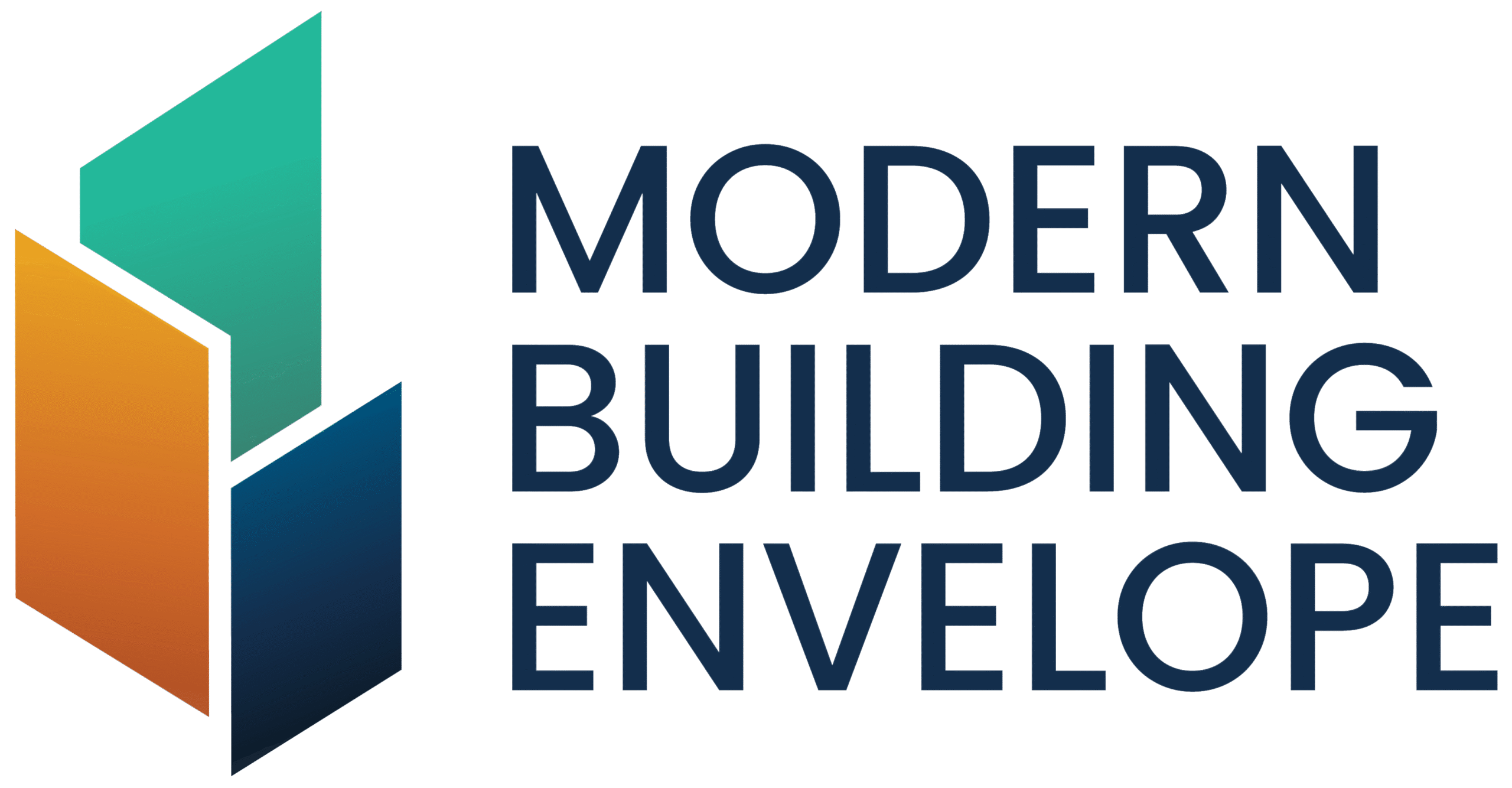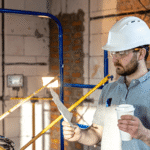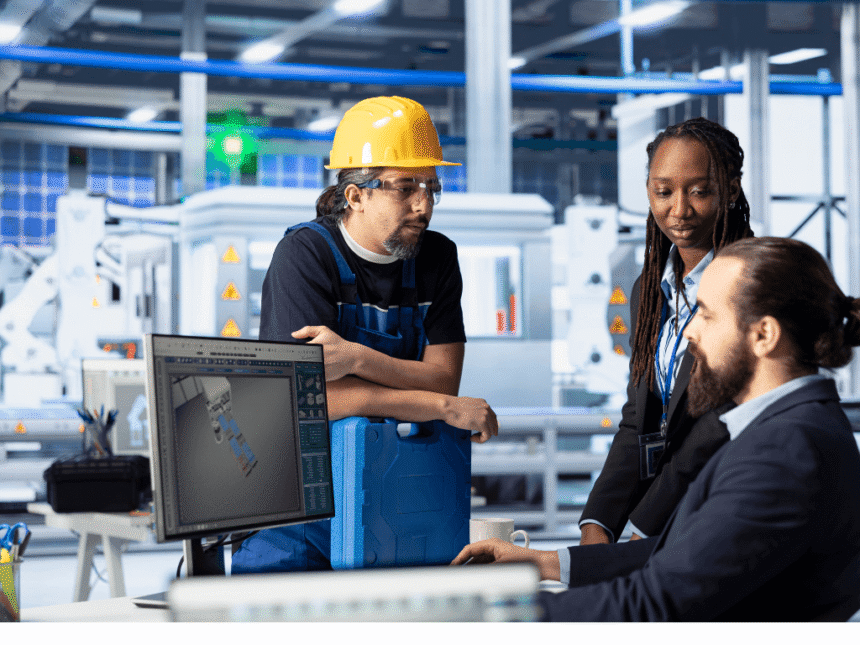The construction industry is entering a new era where supply chain innovation plays a central role in driving efficiency, sustainability, and resilience. As manufacturers face rising material costs, tighter timelines, and increased sustainability demands, they are turning to smarter, more integrated supply chain strategies to stay competitive.
Modern building manufacturing now depends on digital collaboration, predictive analytics, and localized sourcing to ensure that every material, product, and process contributes to a stronger, faster, and more sustainable construction ecosystem.
The Evolving Role of Supply Chains in Construction
Traditionally, construction supply chains were linear and fragmented, often causing project delays and cost overruns.
Today, the focus has shifted to connected ecosystems where data, logistics, and manufacturing work together in real time.
This shift enables manufacturers and contractors to anticipate demand, reduce waste, and streamline operations from design to delivery.
A modern supply chain doesn’t just move materials it drives performance, transparency, and innovation across the entire project lifecycle.
Key Supply Chain Innovations Transforming Building Manufacturing
1. Digital Integration and Real-Time Visibility
Cloud-based platforms and Building Information Modeling (BIM) systems now connect suppliers, manufacturers, and contractors on a single digital network.
This integration provides real-time visibility into material availability, production status, and logistics, minimizing delays and improving decision-making across every stage of a project.
2. Predictive Analytics and AI Planning
Artificial intelligence and data analytics help forecast demand, manage inventory, and identify potential disruptions before they occur.
By analyzing patterns in material usage and market conditions, companies can optimize production schedules and prevent costly supply bottlenecks.
3. Localized and Sustainable Sourcing
Sustainability is reshaping procurement strategies. Manufacturers are prioritizing regional suppliers to reduce transportation emissions, support local economies, and ensure faster delivery times.
This localized approach not only improves environmental performance but also enhances supply chain resilience against global disruptions.
4. Modular and Prefabricated Manufacturing
Prefabrication has revolutionized how materials and systems move through the supply chain. Components are manufactured in controlled environments and delivered just-in-time for installation.
This strategy minimizes waste, increases quality, and shortens project timelines, making it a cornerstone of modern construction manufacturing.
5. Automation and Robotics
Automated assembly lines and robotic systems are now standard in advanced manufacturing facilities. They increase precision, reduce manual errors, and improve safety allowing teams to maintain consistent quality while meeting high production demands.
Collaboration as a Competitive Advantage
Successful supply chain strategies rely on collaboration.
By building strong partnerships between architects, engineers, manufacturers, and logistics providers, companies can synchronize production and delivery schedules, reduce risk, and improve overall project efficiency.
Open communication channels and shared digital platforms make it possible to align goals and achieve cost-effective, high-quality outcomes even on large-scale projects.
The Future of Construction Supply Chains
Looking ahead, the next generation of building supply chains will be fully intelligent and adaptive.
AI-driven logistics, blockchain-based traceability, and digital twins will redefine transparency and accountability. Materials will be tracked from origin to installation, and automated systems will predict maintenance and performance needs long after construction is complete.
These innovations will not only improve reliability and speed but also advance sustainability helping manufacturers meet the growing demand for low-carbon, high-efficiency construction.
Image Credits: Freepik










